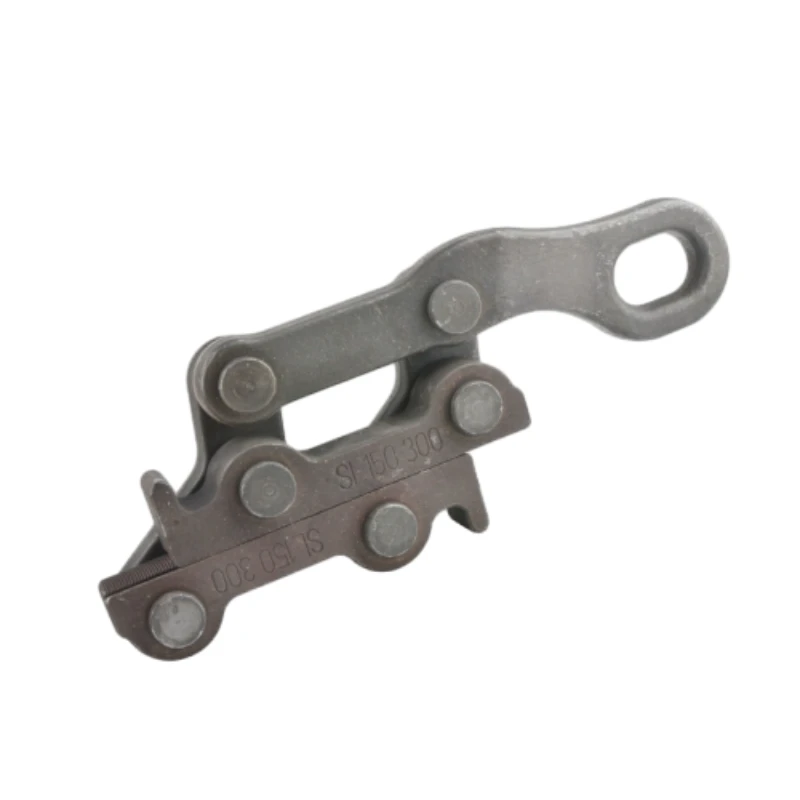
-
 Afrikaans
Afrikaans -
 Albanian
Albanian -
 Amharic
Amharic -
 Arabic
Arabic -
 Armenian
Armenian -
 Azerbaijani
Azerbaijani -
 Basque
Basque -
 Belarusian
Belarusian -
 Bengali
Bengali -
 Bosnian
Bosnian -
 Bulgarian
Bulgarian -
 Catalan
Catalan -
 Cebuano
Cebuano -
 Corsican
Corsican -
 Croatian
Croatian -
 Czech
Czech -
 Danish
Danish -
 Dutch
Dutch -
 English
English -
 Esperanto
Esperanto -
 Estonian
Estonian -
 Finnish
Finnish -
 French
French -
 Frisian
Frisian -
 Galician
Galician -
 Georgian
Georgian -
 German
German -
 Greek
Greek -
 Gujarati
Gujarati -
 Haitian Creole
Haitian Creole -
 hausa
hausa -
 hawaiian
hawaiian -
 Hebrew
Hebrew -
 Hindi
Hindi -
 Miao
Miao -
 Hungarian
Hungarian -
 Icelandic
Icelandic -
 igbo
igbo -
 Indonesian
Indonesian -
 irish
irish -
 Italian
Italian -
 Japanese
Japanese -
 Javanese
Javanese -
 Kannada
Kannada -
 kazakh
kazakh -
 Khmer
Khmer -
 Rwandese
Rwandese -
 Korean
Korean -
 Kurdish
Kurdish -
 Kyrgyz
Kyrgyz -
 Lao
Lao -
 Latin
Latin -
 Latvian
Latvian -
 Lithuanian
Lithuanian -
 Luxembourgish
Luxembourgish -
 Macedonian
Macedonian -
 Malgashi
Malgashi -
 Malay
Malay -
 Malayalam
Malayalam -
 Maltese
Maltese -
 Maori
Maori -
 Marathi
Marathi -
 Mongolian
Mongolian -
 Myanmar
Myanmar -
 Nepali
Nepali -
 Norwegian
Norwegian -
 Norwegian
Norwegian -
 Occitan
Occitan -
 Pashto
Pashto -
 Persian
Persian -
 Polish
Polish -
 Portuguese
Portuguese -
 Punjabi
Punjabi -
 Romanian
Romanian -
 Russian
Russian -
 Samoan
Samoan -
 Scottish Gaelic
Scottish Gaelic -
 Serbian
Serbian -
 Sesotho
Sesotho -
 Shona
Shona -
 Sindhi
Sindhi -
 Sinhala
Sinhala -
 Slovak
Slovak -
 Slovenian
Slovenian -
 Somali
Somali -
 Spanish
Spanish -
 Sundanese
Sundanese -
 Swahili
Swahili -
 Swedish
Swedish -
 Tagalog
Tagalog -
 Tajik
Tajik -
 Tamil
Tamil -
 Tatar
Tatar -
 Telugu
Telugu -
 Thai
Thai -
 Turkish
Turkish -
 Turkmen
Turkmen -
 Ukrainian
Ukrainian -
 Urdu
Urdu -
 Uighur
Uighur -
 Uzbek
Uzbek -
 Vietnamese
Vietnamese -
 Welsh
Welsh -
 Bantu
Bantu -
 Yiddish
Yiddish -
 Yoruba
Yoruba -
 Zulu
Zulu


Dec . 04, 2024 16:52 Back to list
electrical wire clamps
Understanding Electrical Wire Clamps Importance, Types, and Applications
Electrical wire clamps play a pivotal role in electrical installations, ensuring that wiring is safely secured and maintained. These components are essential for both residential and industrial applications, as they help manage and protect wires from damage, movement, and hazards. In this article, we will explore the importance of electrical wire clamps, delve into the various types available, and discuss their applications.
Importance of Electrical Wire Clamps
At the core of any electrical system is the wiring itself. Properly securing these wires is crucial for several reasons
1. Safety Loose or unsecured wires can lead to short circuits, electrical fires, or even electrocution. Wire clamps provide a secure hold, minimizing the risk of wire movement that can cause damage or create hazardous situations.
2. Cable Management In complex electrical setups, multiple wires may be present. Wire clamps help organize these cables, preventing tangling and making maintenance easier. Good cable management ensures that wires are easily accessible for repairs or inspections.
3. Protection from Environmental Factors Exposure to moisture, heat, or physical strain can damage electrical wires. Wire clamps help keep the cables in place, reducing exposure to environmental stressors that can lead to wear and tear.
4. Compliance Many electrical codes and regulations require the use of clamps in installations to meet safety standards. Adhering to these codes not only ensures safety but also helps avoid legal ramifications.
Types of Electrical Wire Clamps
There are several types of electrical wire clamps, each designed for specific applications. Here are some of the most common
1. Cable Clamps These are used to hold multiple wires or cables together. They can be made of metal or plastic and come in various sizes to accommodate different cable diameters.
2. Conduit Clamps These clamps secure conduit pipe to walls or ceilings, ensuring that the electrical wires inside the conduit remain protected. They are essential in both residential and commercial wiring systems.
electrical wire clamps

3. Strain Relief Clamps Designed to relieve tension on wires when they are connected to electronic devices, strain relief clamps prevent pull damage and excessive bending of the wires.
4. Ring and Strap Clamps Used for larger cables, these clamps provide a robust solution for securing heavy-duty electrical wires. They are often employed in industrial settings where cables must withstand more significant forces.
5. Adjustable Clamps These feature a flexible design that allows them to accommodate different wire sizes. They are particularly useful in applications where different cable sizes may be utilized.
Applications of Electrical Wire Clamps
Electrical wire clamps have a wide range of applications across many sectors
- Residential Wiring Homeowners utilize wire clamps for securing the wiring in walls, attics, and basements, ensuring electrical systems are tidy and safe.
- Industrial Settings Factories and plants employ heavy-duty clamps to manage large amounts of cabling, preventing hazards associated with tangled or loose wires.
- Automotive Industry In vehicles, wire clamps are vital for maintaining the integrity of the electrical systems that power everything from engines to entertainment systems.
- Telecommunications Fiber optic and coaxial cables are often secured using specialized clamps to ensure connectivity and minimize signal loss.
Conclusion
In summary, electrical wire clamps are indispensable components in securing and managing electrical wiring. Their importance cannot be overstated, as they provide safety, organization, and protection to electrical systems across various applications. Understanding the types and uses of wire clamps ensures that installations are not only compliant with safety standards but also functional and efficient. Whether for household wiring or extensive industrial projects, investing in reliable wire clamps is essential for maintaining a safe electrical environment.
Latest news
What Are Construction Tools and How Are They Used?
NewsJul.11,2025
Professional-Grade Duct Rodding Tools for Superior Cable Installation
NewsJul.11,2025
Enhancing Safety and Efficiency with Modern Hot Stick Solutions
NewsJul.11,2025
Empowering Cable Installation with Advanced Rodder Solutions
NewsJul.11,2025
Elevate Your Cable Installation Projects with Cable Pulling Tools
NewsJul.11,2025
Efficient Cable Handling Solutions: Cable Rollers for Sale
NewsJul.11,2025











